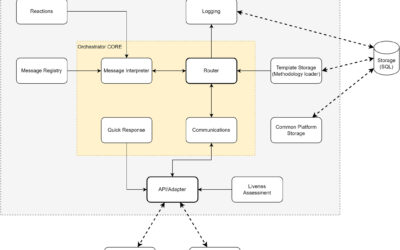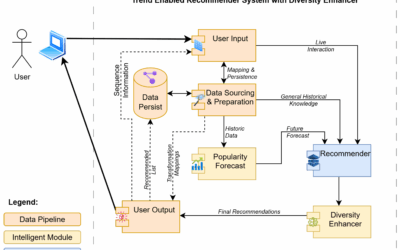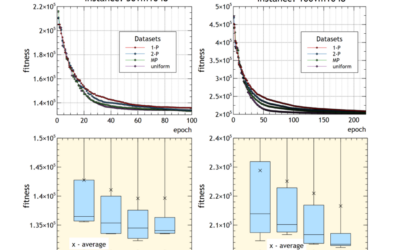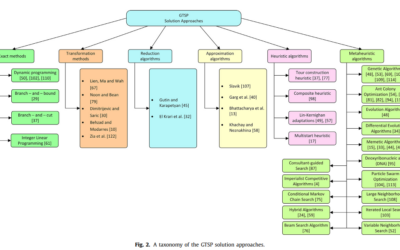Evaluation of Feature Selection Methods in Estimation of Precipitation Based on Deep Learning Artificial Neural Networks
Evaluation of Feature Selection Methods in Estimation of Precipitation Based on Deep Learning Artificial Neural Networks
Mohammad Taghi Sattari, · Anca Avram, · Halit Apaydin, · Oliviu Matei
Abstract. Precipitation is the most important element of the water cycle and an indispensable element of water resources management. This paper’s aim is to model the monthly precipitation in 8 precipitation observation stations in the province of Hamadan, Iran. The effects and role of different feature weights pre-processing methods (Weight by deviation, Weight by PCA, Weight by correlation, and Weight by Support Vector Machine) on artificial intelligence modeling were investigated. Deep learning methods were applied based on a multi-layer feed-forward artificial neural network that is trained with Stochastic Gradient Descent using back-propagation (DL-SGD) and Convolutional Neural Networks (CNN) modeling. The precipitation of each station is modeled using the precipitation values of the other stations. The best result, among all scenarios, at the Vasaj station according to the DL-SGD method (CC=0.9845, NS=0.9543, and RMSE=10.4169 mm) and at the Varayineh station according to the CNN method (CC=0.9679, NS=0.9362, and RMSE=16.0988 mm) were estimated.
Keywords: Precipitation, Artificial intelligence, Feature selection, Deep learning, Stochastic gradient descent, Feature weights, H2O cluster.
Other publications
Guide in Designing an Asynchronous Performance-Centric Framework for Heterogeneous Microservices in Time-Critical Cybersecurity Applications. The BIECO Use Case
The generalized traveling salesman problem (GTSP) is an extension of the classical traveling salesman
problem (TSP), and it is among the most researched combinatorial optimization problems due to its theoretical properties, complexity aspects, and real-life applications in various areas: location-routing problems, material flow design problem, distribution of medical supplies, urban waste collection management, airport selection and routing the courier airplanes, image retrieval and ranking, digital garment manufacturing, etc.
Trend-Enabled Recommender System with Diversity Enhancer for Crop Recommendation
The generalized traveling salesman problem (GTSP) is an extension of the classical traveling salesman
problem (TSP), and it is among the most researched combinatorial optimization problems due to its theoretical properties, complexity aspects, and real-life applications in various areas: location-routing problems, material flow design problem, distribution of medical supplies, urban waste collection management, airport selection and routing the courier airplanes, image retrieval and ranking, digital garment manufacturing, etc.
A Comparison of different crossover operators in genetic algorithms for clusters shortest-path tree problem
The clustered shortest-path tree (CluSPT) problem is an extension of the classical shortest path problem, given a graph with the nodes partitioned into several mutually exclusive and collectively exhaustive clusters looks for a shortest-path spanning tree from a predefined source node to all the other nodes of the graph, with the property that every cluster should generate a connected subgraph.
A comprehensive survey on the generalized traveling salesman problem
The generalized traveling salesman problem (GTSP) is an extension of the classical traveling salesman
problem (TSP), and it is among the most researched combinatorial optimization problems due to its theoretical properties, complexity aspects, and real-life applications in various areas: location-routing problems, material flow design problem, distribution of medical supplies, urban waste collection management, airport selection and routing the courier airplanes, image retrieval and ranking, digital garment manufacturing, etc.
A hybrid based genetic algorithm for solving the clustered generalized traveling salesman problem
We study the clustered generalized traveling salesman problem (CGTSP), which is an extension of the generalized traveling salesman problem (GTSP), which in turn generalizes the well-known traveling salesman problem (TSP).







0 Comments